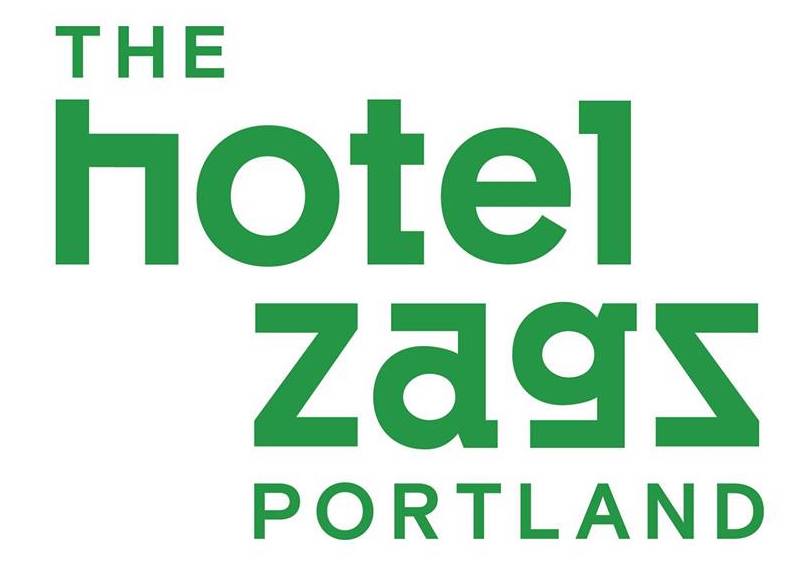6 Types of Restaurants You Can Work In
Job Search Tips / September 13, 2022Table of Contents
The experience of working in a restaurant is going to be vastly different depending on the restaurant type. You may simply take orders and hand the food over the counter. Or you may spend two hours or more with each table, hitting steps of service so subtle the guest might not even be aware of them.
Here are six types of restaurants you should know from McDonald’s to Morton’s—and everything in between.
Fast Food
Fast food is just that—fast. The menus and workflows at a fast food restaurant are designed to get customers through the line so they can enjoy their meals as quickly as possible. As a result, many of these restaurants have drive-thrus to make the process even faster.
A fast food restaurant is also sometimes called a quick-service restaurant (QSR). Because these restaurants are highly systematized, they’re often an entry point into the food service industry for younger or newer workers.
Examples:
- McDonald’s
- Panda Express
- Dairy Queen
- Sonic
Fast Casual/Counter Service
A fast casual or counter service restaurant carries the service style of fast food, but the emphasis on speed is a bit lessened. Because they have a bit more time, fast casual restaurants may have the option to use more from-scratch items and fewer frozen or pre-packaged ingredients.
When food is ready, guests may pick it up at the counter or it may be delivered to the table. Fast casual usually offer both dine-in and to-go options but is less likely to have a drive-thru.
Examples:
- Chipotle
- Prêt a Manger
- Sweetgreen
- Panera Bread
Casual Dining
In a casual dining restaurant, you’ll find full table service in a laid-back environment. These restaurants often offer serve beer, wine, and cocktails, as well as a full menu including appetizers and desserts.
This category sees a huge amount of variation, from national chains to mom-and-pop restaurants to excellent neighborhood gastropubs. Because of this, the level of service may also vary. Some casual dining restaurants put less emphasis on service, while some of the more upscale spots may focus more on table touchpoints.
Examples:
- Chili’s
- TGI Fridays
- The Cheesecake Factory
- Houston’s Restaurant
Fine Dining
Fine dining restaurants are often reserved for special occasions unless one has a great deal of disposable income. These restaurants may have a dress code, which could be business-casual or semi-formal. The atmosphere is carefully designed, and the menu may be quite inventive. Some fine dining restaurants focus on hard-to-find ingredients, or on interesting techniques like foams and spherification.
The service style in fine dining is highly attentive. Tables may be visited by a waiter, cleared by a back waiter, and served wine by a sommelier. Or a single person may fill all of these functions, requiring in-depth knowledge of the menu, wine list, and wine pairings.
There are some national brands for fine dining, like Morton’s The Steakhouse or The Capital Grille. But most fine dining restaurants are either single establishments or very small chains, to keep the focus on quality.
Examples:
- Per Se (New York City)
- The Modern (New York City)
- Pujol (Mexico City)
- Providence (Los Angeles)
- Alinea (Chicago)
Buffet-Style
At a buffet-style restaurant, guests serve themselves from a large selection of items arranged in a central buffet. Servers will provide drinks to guests, and may re-stock items at the buffet as they run low.
Buffets tend to be very affordable and all-you-can-eat—a great option for large families with a pack of hungry teenagers. But there are more upscale buffets as well, like Bacchanal Buffet in Las Vegas which is served by nine different kitchens.
Examples:
- Luby’s
- Golden Corral
- Cici’s Pizza
- Sirloin Stockade
Ghost Restaurants
A ghost restaurant isn’t really a restaurant at all—if you define a restaurant as a place where people go to eat or pick up food. A ghost restaurant is sometimes called a virtual restaurant because from the customer’s perspective, it only exists online.
Ghost restaurants have arisen in response to the rapid growth of third-party delivery services, like UberEats and Grubhub. These restaurants post an online menu for delivery. Then they fulfill orders for the drivers to pick up from a commercial kitchen space. There is no dining room, no walk-up window, and no drive-thru in most cases. Some may offer curbside pickup.
This model doesn’t hire any front-of-house staff—because there is no front-of-house! It’s exclusively staffed by cooks and chefs.
Examples:
- Guy Fieri’s Flavortown Kitchen
- Charouen Express (Austin)
- Tom Foolery’s (Denver)








